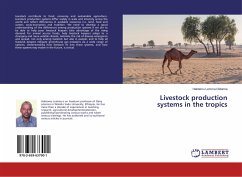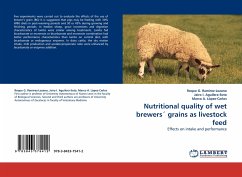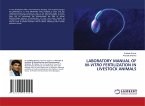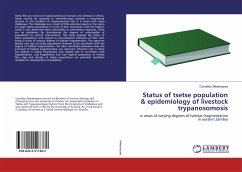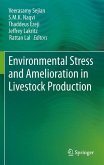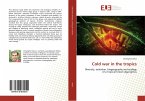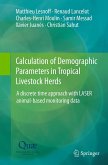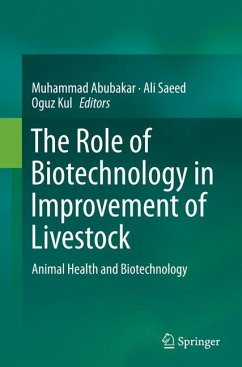Livestock contribute to food, economy and sustainable agriculture. Livestock production systems differ widely in scale and intensity across the world and reflect differences in available resources (i.e. land, feed and water), socio-economics and tradition. We need to develop a good understanding of the differences among production systems if we are to be able to help poor livestock keepers take advantage of the rising demand for animal source foods, help livestock keepers adapt to a changing and more volatile climate; minimize the risk of disease emergence and spread, not only among livestock but also in people; and to help all livestock keepers mitigate greenhouse gas emissions via a wide range of options. Understanding how livestock fit into these systems, and how these systems may evolve in the future, is critical.
Bitte wählen Sie Ihr Anliegen aus.
Rechnungen
Retourenschein anfordern
Bestellstatus
Storno

